Affiliate links on Android Authority may earn us a commission. Learn more.
The race is on for flexible, wearable technology
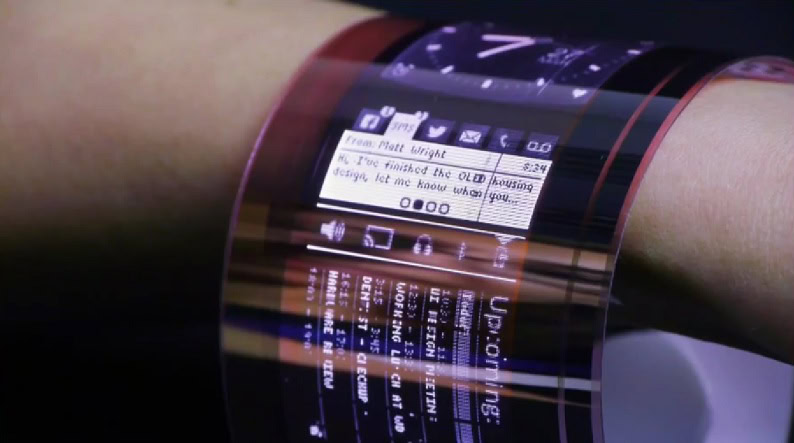
IDTechEx has recently published a series of reports that contain some very interesting insights into what the future of wearable technology and smartphones might look like. There’s talk of flexible, wearable smartphones that can charge themselves directly from sunlight, displays that can be rolled up, and fancy technical terms like transparent electrodes, barrier layers, and nanowires.
It all sounds a bit off the wall, and a little hard to envision, but I think it’s worth taking a look at what our beloved industry might look like come 2025, and what it is going to take to get us there.
The Internet of People?
Yes, I know – it’s a strange term, but the idea is actually rather sensible. While the emerging market for the Internet of Things is set to better connect the world around us, the idea behind the Internet of People suggests that we will also continue to become better connected with each other and with other devices in the future, through a new wave of internet-enabled personal electronics. The technology is already falling into place, with communication technology such as Bluetooth and NFC already widely available, and significant investments being made into the fields of flexible technologies and printed electronics.
we will continue to become better connected with each other and with other devices in the future
Dr Peter Harrop, chairman at IDTechEx, believes that this next technological push will be driven by new materials and embedded products which will make devices more suitable for human interaction. Ease of use and practicality seem to be at the heart of this product philosophy.
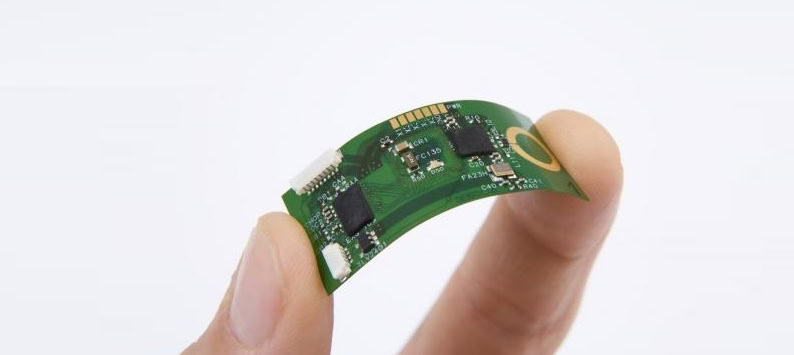
Affordability and availability will also play a massively important part if such technologies are to take off. Fortunately, small form factor microprocessors and wireless interfaces are abundant these days, with ARM, Texas Instruments, ST Electronics, and others, all offering a range of performance processors at competitive prices. Advances in ultra-thin chip package (UTCP) technologies now enables the integration of electronic circuits with low-cost flexible substrates (pictured above). An important manufacturing breakthrough for flexible wearable electronics, and one that company’s are already making use of.
Flexible wearables – the next generation
Wearable technologies will most likely be at the forefront of a shift towards a more consistently connected world, given that consumers will rarely take them off and can therefore stay connected more regularly. Pretty much every major smartphone developer is already working on, or has already released, its first generation wearable devices, but this is likely to be just the start of more ergonomically designed computers.
Flexible OLED displays, particularly the foldable-able kind, seem like the natural evolution of wearables
As we’ve touched upon in the past, flexible OLED displays, particularly the foldable-able kind that we’ve seen mentioned once or twice before, seem like the natural evolution of wearables. Allowing for larger portable displays that can be easily adjusted based on the user’s needs. Samsung and LG have already started putting their new display technologies into smartphones and wearables like the Gear Fit, and we know that other companies are also working on even more flexible and bendable displays for future products.
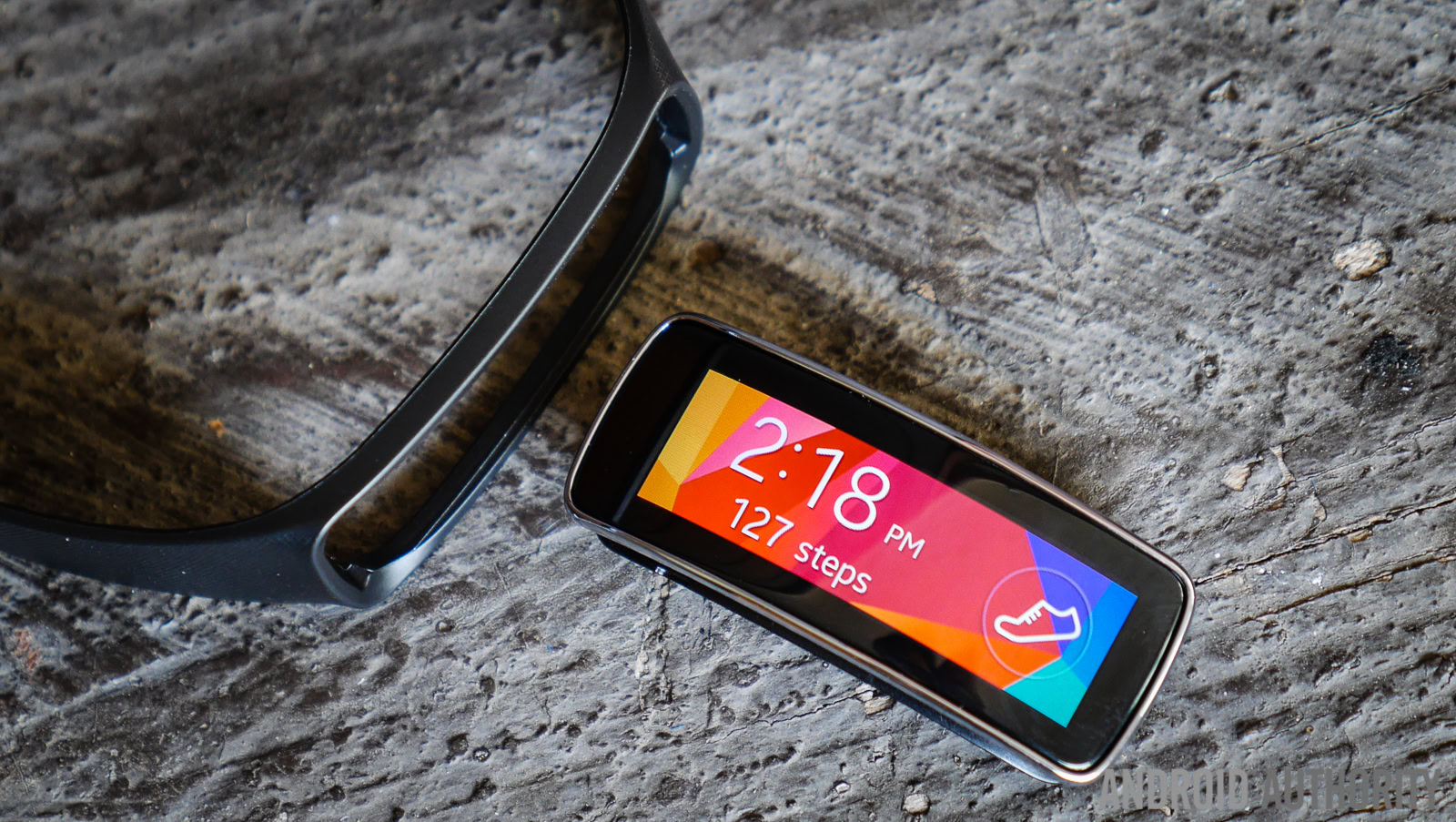
So far, the flexible display LG G Flex and Samsung Galaxy Round are not really that flexible, in the strictest sense of the word. We’ve seen plenty of demonstrations of displays that are highly flexible, so why the delay? But there’s a good reason for this. Repeatedly bending displays, even flexible ones, can lead to degradation over time. The problem is that flexible displays have to sacrifice the high quality rigid protective barriers, that are usually associated with smartphones and similar technologies, with bendable plastic ones, which offer much lower levels of protection against water and oxygen.
In order to achieve device lifetimes of tens of thousands of hours, water vapor transmission rates (WVTR) must be 10-6 g/m2/day, and oxygen transmission rates (OTR) must be < 10-3 cm3/m2/day. Future devices will need to operate without deterioration in performance, but conventional bendable plastic substrates aren’t capable of such low transmission rates, yet. Display developers are investing a lot into research in this field, and whoever get there first is likely to power the first generation of truly flexible portable technologies.
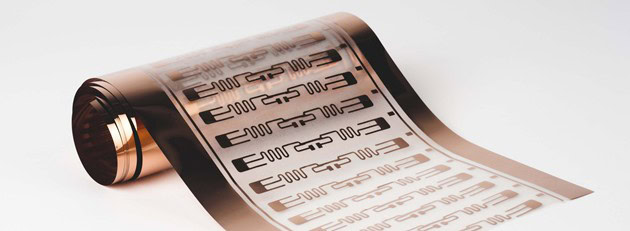
Even when flexible displays finally arrive, devices will need circuit components that are equally flexible. Touch displays require microcontrollers and circuits to measure user inputs, but even new UTCP printed circuit boards aren’t conducive to fully a bendable device. Instead, a new range of printed electronics might be better at meeting the low cost, low performance, and importantly, flexible electronic applications required by such devices.
Several manufacturers have already managed to develop resistors and transistors printed onto transparent plastic surfaces. There are currently over 1,000 companies involved in this growing industry. But printable technology is set to evolve into far more complicated components, including thin film photovoltaics, which we will take a closer look at in a minute, and flexible sensors for smart devices. There’s still a lot of work to be done in the race to flexible wearables devices, but all the essential components are gradually coming together.
Powering the future of wearables
Of course, there’s more than just display and sensor components that make up a useful smart device, they also need plenty of energy to power them. Fortunately, strides are also being made in the fields of flexible battery components. Industry leading players like LG have already demonstrated just how far this type of technology can go, with its flexible cable battery.
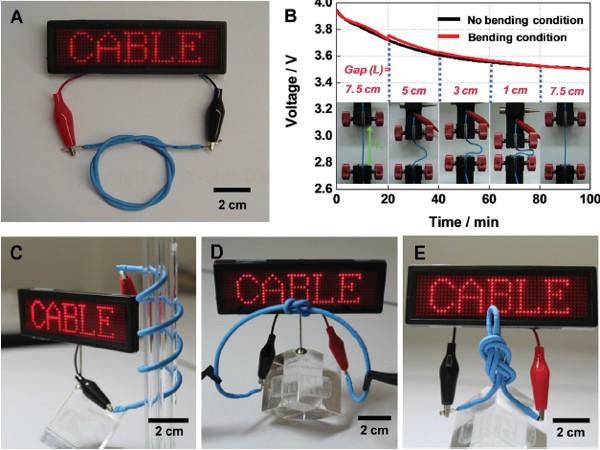
But that’s just one of the issues regarding battery technology. With wearables, consumers don’t really want to have to take them off to wait for them to charge. Traditional watches last far longer on a single battery than even the most energy efficient smartwatches can muster on a single charge. One way to sidestep this issue would be to charge the device while it is being used. Kinetic watches already exist, but we need a bit more juice for smartwatches, so solar might be the answer.
Photovoltaics, which I mentioned earlier, convert solar energy into an electrical current, which can be used to power electronic devices and charge batteries. Solar cell devices have been around for a little while, but there is a new wave of photovoltaic technologies entering the market, consisting of dye sensitised solar cells (DSSC) and organic photovoltaics (OPV).
consumers don’t really want to have to take off wearables to wait for them to charge.
OPVs make use of organic, carbon based, materials to construct electronic device. The benefit here is that manufacturing cost can be reduced for organic solar cells compared to silicon-based materials. OPV’s also have a reasonable performance in indoor environments. However, more general energy efficiency levels are still in need of improvement before the technology is really suitable for consumer use. Component lifetime is unfortunately measured only in days if the device is exposed to ambient conditions, and existing commercial encapsulants can extend it only to 2-3 years.
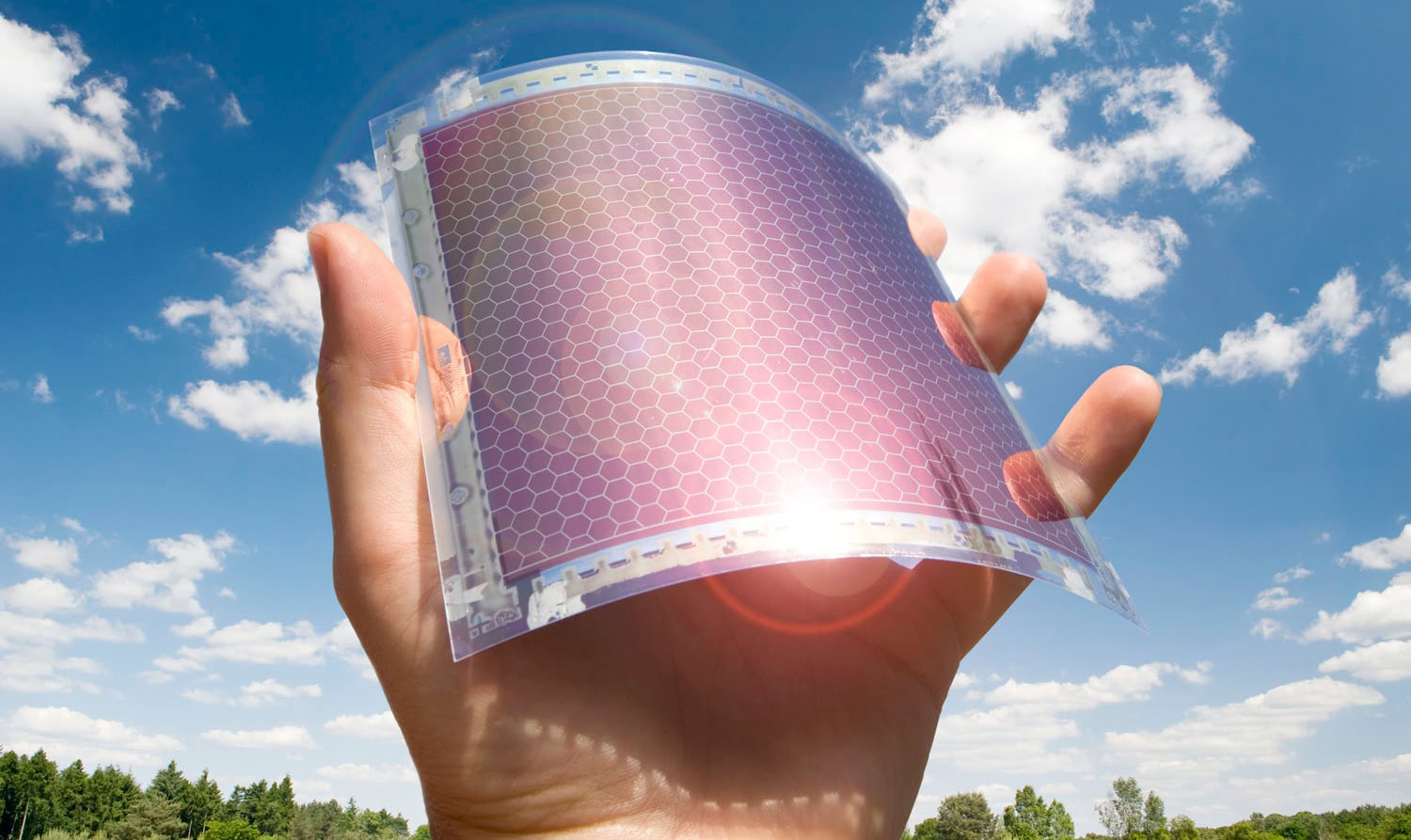
DSSC’s are also quite simple to manufacture and can also be constructed with a roll-printing technique, meaning that they can already be produced to be semi-flexible and/or semi-transparent. This complements the design requirements behind flexible circuitry and displays, and could end up being an integral component for the sort of devices that we’re talking about. The downsides with DSSC’s are that some of the materials used within them are quite expensive, and that they are still not quite as energy efficient as other solar energy technologies that have been in development for longer periods of time.
Of course, a lot of this technology isn’t being developed primarily for smart mobile devices, but our beloved industry could be one of the biggest beneficiaries of the push towards solar energy.
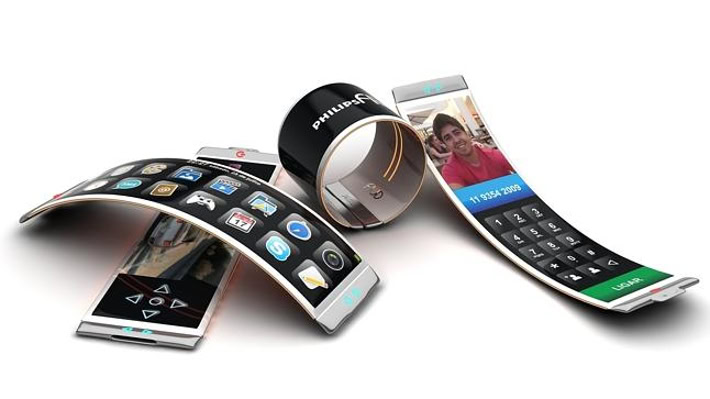
Ok, so none of the components required for the ultimate smart, flexible, wearable device are quite there yet, but investment and research into new technologies and improvements is already well underway. For businesses, these emerging technologies present plenty of opportunities for new products and market segments, and not just in the mobile market. For consumers, the end result could be more efficient, better connected, and more ergonomically designed devices that offer useful new ways to connect with the world around us.
A lot can happen in a decade, it’s going to be interesting to see where we end up.